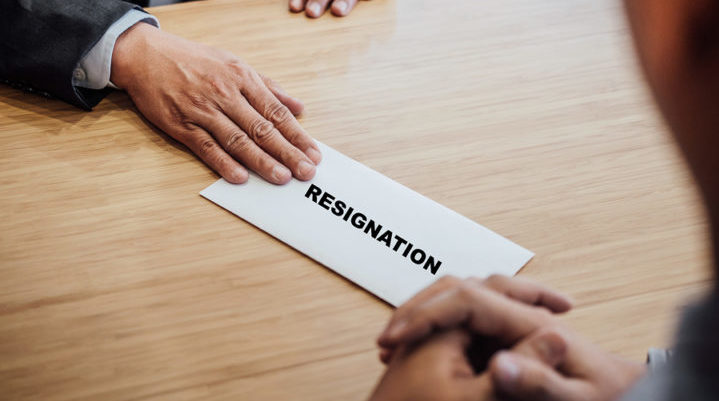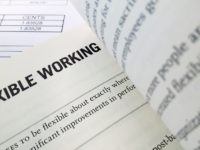Relationships often come to a close sooner than one or both parties would like. This includes employment relationships.
So, how do employees and employers end a relationship without burning the bridge between each other? And why does it matter?
The employee’s side
We’ve all had horrible jobs in the past, where our first instinct is to march out the door the day we get a new position, and never look back.
But it’s always better to say goodbye constructively. Not only is this a healthy approach, but it also means you may one day contact a person at the organisation you’re leaving behind for assistance.
As an employee, you can offer your employer four courtesies on the way out of the door:
- Give as much notice as possible – Your contract is likely to have a minimum notice period, but if you can offer a bit more notice, you should. The more time, the better.
- Give feedback on why you are leaving – Offer constructive feedback on things to help the employer improve (if they are so inclined) in the future.
- Give an effective handover to the person taking over – Even if you hate your boss, the new person hasn’t done anything to make you unhappy. Why not make life a bit easier for them?
- Be gracious and avoid gossip – It’s tempting to bad mouth your boss all around the building in the last week, but it’s better not to. You’re only generating bad feelings for no real return.
The employer’s side
The Society for Human Resource Management (SHRM) says it costs between six to nine months of an employee’s salary in productivity and training to replace that employee.
That means you ought to take an employee leaving seriously and try to determine how you could, perhaps, avoid it.
We’d recommend that you:
- Hold exit conversations – Sometimes, it’s not a big deal for an individual to leave, but even then, it’s important to know why they are going. This allows you to seek out patterns of behaviour or systemic issues and address them before more staff quit because of it. Human Resources (HR) staff are usually the best trained to do this. If you don’t have HR, consider engaging an HR consultant for this process.
- Exit support – Career transition support is essential where the exit is not the employee’s choice, e.g. redundancy. Having a career transition coach with qualifications in counselling is worth their weight here, as they can help an employee with a mindset and confidence. This support sends a positive message to your existing employees that you care about your people, even after their exit.
- Interact with staff affected by someone leaving – This is particularly important if someone leaves on bad terms, but you should still do it even if the departure was better received. This allows you to assure current staff of their own value to the company and prepare the way for someone new joining the team. Otherwise, it can create a ‘culture of fear’ in which people start to worry that they are seen as completely disposable to the organisation.
- Recognise if you have a staff turnover problem – Some staff turnover is a good thing for new ideas and outside perspectives to enter the business. But if every seat in the business is being cleared out and replaced every other month? You have a major problem that needs to be addressed. Executive coaching can often help you work out what that issue is or issues are.
Final thoughts
It’s all too easy to succumb to temptation and for both parties involved in a work relationship to break up to do as little as possible in the final round. However, it’s not good business or career practice.
A little effort during the exit process can pay real professional and personal dividends in the long run.











